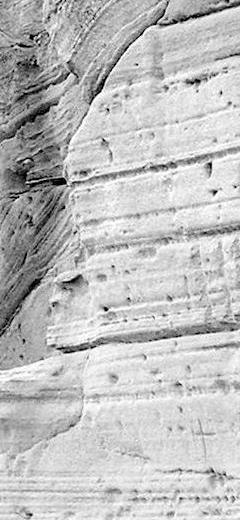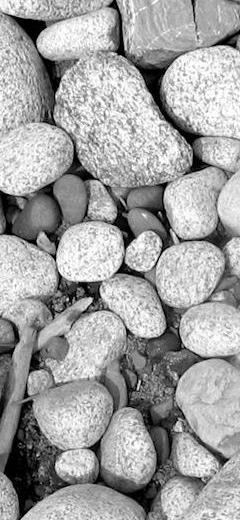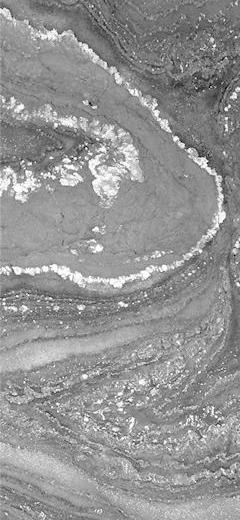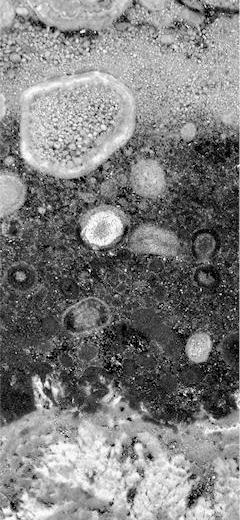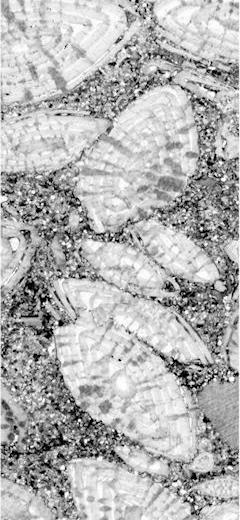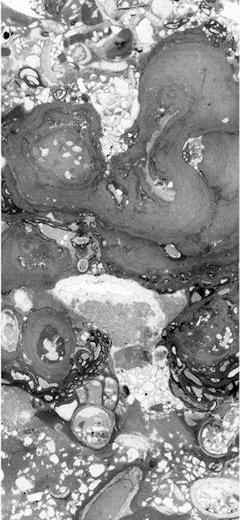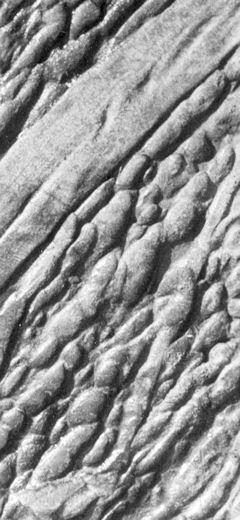ASGP (2024), vol. 94: 329–344
THERMAL HISTORY OF THE NORTHERN MARGIN OF THE HOLY CROSS MOUNTAINS (POLAND) FROM THE CARBONIFEROUS TO THE MESOZOIC, BASED ON VITRINITE REFLECTANCE DATA: VARISCAN VERSUS POST-VARISCAN EVENTS
Dariusz BOTOR
AGH University of Kraków, Faculty of Geology, Geophysics and Environmental Protection, 30–059 Kraków, Mickiewicza 30, Poland, e-mail: botor@agh.edu.pl
Botor, D., 2024. Thermal history of the northern margin of the Holy Cross Mountains (Poland) from the Carboniferous to the Mesozoic, based on vitrinite reflectance data: Variscan versus post-Variscan events. Annales Societatis Geologorum Poloniae, 94: 329–344.
Abstract: Vitrinite reflectance analysis was applied to establish the burial and thermal history of the northern margin of the Holy Cross Mountains. The open public mean random vitrinite reflectance (VR) data were analysed in four borehole sections (Opoczno PIG-2, Ostałów PIG-2, Nieświń PIG-1, and Radwanów IG1). Non-linear VR patterns in the Permian–Triassic strata suggest that thermal maturity developed due to hot fluid flow in the Jurassic. Additionally, in three well sections, VR breaks occur at the base of the Permian. Therefore, the thermal maturity of the organic matter, contained in the Carboniferous strata, was reached at the end of the late Carboniferous and was not overprinted by Mesozoic processes. Both sedimentary burial and fluid-flow processes could contribute to a high level of thermal maturity of the Carboniferous rocks. In summary, this work: (1) highlights the influence of hydrothermal events in the Mesozoic on thermal maturity patterns; (2) extends the earlier observations of the late Variscan (pre-Zechstein) thermal event/regime beyond the Małopolska Block onto the Łysogóry Block; and (3) discards the influence of Permian-Mesozoic burial on the maturity of Carboniferous and, by implication, older strata.
Manuscript received 16 January 2024, accepted 10 December 2024

